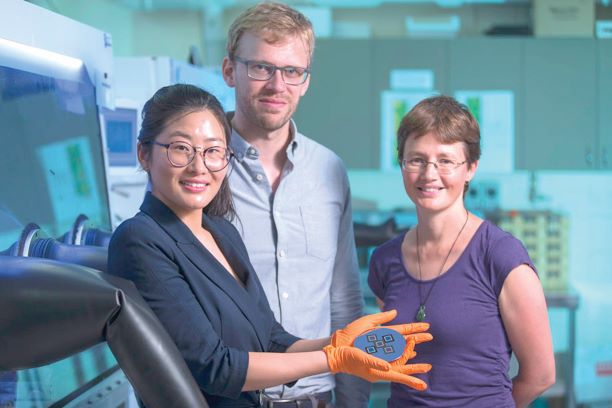Research from the Australia National University may lead to more efficient, and cheaper, solar technology.
In collaboration with researchers from the California Institute of Technology, ANU engineers have developed a way to combine silicon with another material to more efficiently convert sunlight into electricity.
The ANU researchers say their method is one of the simplest ever developed. The key is the way the materials are joined together to form what’s known as a ‘tandem solar cell’.
“We have constructed a tandem structure that is unconventional. When engineers combine two cells, they usually need to have an interlayer to allow electrical charge to be transferred easily between the two cells, so they can work together,” said study co-author, Dr Heping Shen from the ANU School of Engineering.
Dr Shen said the current solar cell market is dominated by silicon based technology, which is nearing its efficiency limit.
“In order to continue the transition to a renewable energy based economy, we need to keep reducing the cost of solar energy, and the best way to do that is to increase the efficiency of solar cells,” Dr Shen said.
“If we can have a cheap source of energy that is also clean – who wouldn’t want to use it?”
Study co-author Daniel Jacobs said the team have found a new way to stack two cells together so they work efficiently with each other, minimising waste and simplifying the structure, hopefully making it easier to produce.
“With tandems, it’s crucial to demonstrate a fabrication process that is as simple as possible, otherwise the additional complexity is not worthwhile from a cost perspective”, Dr Jacobs said.
“Our structure involves one less fabrication step and has benefits for performance, too.”
Dr Jacobs said while it can be difficult to combine two materials in a tandem arrangement, once you get it right the efficiency goes up very quickly, well beyond what is possible with silicon by itself.
“We’ve already reached 24% improvement in efficiency with this new structure, and there’s plenty of room left to grow that figure.”
This study was funded by an Australian Renewable Energy Agency grant, as part of a project in collaboration with UNSW and Monash University.
For more:



